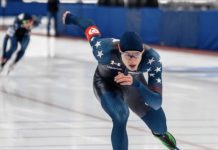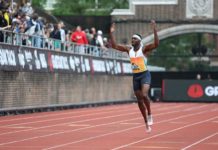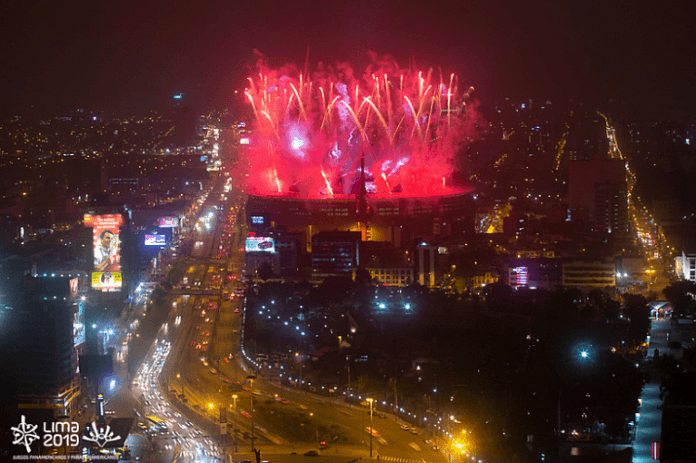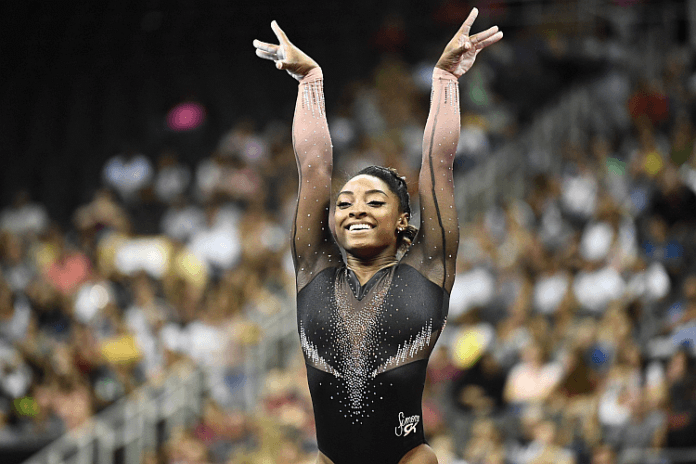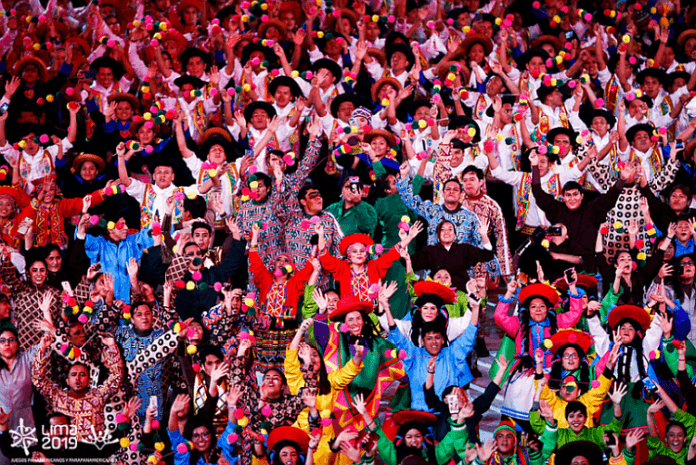Make no mistake: the 2019 Pan American Games in Lima was a success.
The venues all worked, the competitions rolled on without too many problems, attendance at many of the venues was excellent and although it was unusually cold for this time of the year in Lima, the environmental problems were minimal (unless you had to compete outdoors in 60-degree weather).
PanAm Sports President Neven Ilic of Chile praised the Games and the hosts, calling the event the “best ever” Pan American Games multiple times, including during a passionate speech during the Closing Ceremony.
So what did we learn from Lima?
(1) Congratulations to Peru: they did it and did it well. Now what?
The Pan American Games were big. The organizers said that the Games welcomed 6,687 athletes, who were supported by an army of 11,192 volunteers. The cost was reported at $1.2 billion, including $430 million to organize the event, $180 million to build the Pan American Village – 1,700 new housing units – plus $470 million in venue construction. (For perspective, Peru’s government spent ~$65 billion in 2017 alone.)
Worth it?
Peru had never hosted an event of this size before, so the achievement is noteworthy. If the experience and expertise gained over the Pan Am Games, and Parapan American Games to come in two weeks, this can be the start of new enthusiasm in the country.
The intangible legacies of civic confidence, exposure to more people outside of Peru and the impact of having an event touch so many inside the country can be leveraged into new opportunities. But that takes considerable leadership and who can say what will happen?
(2) The credibility of the Pan American Games is an issue
Last Friday’s Lane One comment noted PanAm Sports Secretary General Ivar Sisniega’s comment that “Some countries … maybe need to open up to what happens in the world and not be so involved with what just happens (at home). …
“We have spoken to USA and Canada about these issues, it’s a perception that they have that the Games are not of a high quality. … It is certainly a challenge we have for the future.”
It’s a challenge they have right now. The United States won more medals in Lima (293) than it has won since 1999, led by teams that were third-tier in swimming (44 medals) and less than that in track & field (33). Where the U.S. sent strong teams, as in fencing (11 medals: 10 gold) and wrestling (15 medals: 9 gold), they dominated.
So what is the benefit to the U.S. to send stronger teams? Olympic qualifying ties are not the answer, since the international federations are not going to give away their own events to the Pan American Games. Just one example: while the PAG was ongoing, the International Volleyball Federation (FIVB) was running Olympic qualification tournaments for women and men in 12 different cities worldwide. The U.S. won both of its qualifying tournaments and is in Tokyo. The developmental U.S. teams sent to Lima finished sixth in the men’s event and seventh in the women. Track and swimming are time-based and not event-based, and are not really candidates for Olympic qualifying.
Looking ahead to 2023, the situation gets worse. Lima is in the middle of South America, on the west coast. The next PAG will be in Santiago (CHI), much further south and also close to the western coast. Given that the North American summer is the dead of winter in the Southern Hemisphere, the 2023 Games will be held from 20 October to 5 November.
Trying to get U.S. athletes even interested in Santiago will be extremely difficult. Collegiate athletes won’t be available as school will already be in full swing, the professional basketball leagues – major and minor league – will be starting in the U.S. and the track & field and swimming seasons will long be over and heavy training underway for the 2024 Olympic Trials and Olympic Games in Paris.
True, the 2011 Games in Guadalajara (MEX) were from 14-30 October, but that trip was an easy and quick one for U.S. athletes; that will not the case for Santiago. Excepting 2011, there hasn’t been a Pan Ams as late as the 2023 dates since Mexico City in 1975 (also much easier to get to from the U.S.).
Lima also had 39 sports and 419 events; even the PanAm Sports folks have recognized that the program is simply too big.
(3) Stars of 2020 showed well in Lima and will be a lot better known a year from now
Especially among the American team, multiple storylines came out of Lima that will become amplified as we move toward Tokyo.
Look for names like Evy Leibfarth, the 15-year-old Canoe Slalom gold medalist; 18-year-old Hannah Roberts, who won the BMX Freestyle gold with ease; 15-year-old Casey Kaufhold, who won a bronze medal in women’s archery and then teamed with World Champion Brady Ellison to win the Mixed Team gold.
On the other end of the spectrum, 45-year-old Khatuna Lorig won the women’s archery silver and will be trying to make her fifth Olympic team for three different countries in 2020. And we dare not forget 40-year-old Kim Rhode, who won the Skeet competition in Lima and will be trying to extend her record of having won a medal in each of her six Olympic Games so far.
The U.S. teams are already for most formidable in the world in track and swimming, but there were new stars there, too. The U.S. swimming performance, especially, was remarkable, with top-10 swims in multiple events and an encouraging return for cancer survivor Nathan Adrian in the Freestyle sprints.
(4) The U.S. Olympic and Paralympic Committee is going to have its hands full next year
Remember the line in “Star Trek IV: The Voyage Home,” from Mr. Scott to the future-bound Dr. Gillian Taylor as the makeshift Klingon cruiser headed toward the sun to initiate a time warp:
“Hold on tight, lassie. It gets bumpy from here.”
That’s the kind of journey it’s going to be for the senior managers of the U.S. Olympic and Paralympic Committee heading into 2020.
Beyond its already full plate in dealing with the fallout of the Larry Nassar mess and related sex-abuse scandals in other sports, moves by Congress to change the Ted Stevens Olympic and Amateur Sports Act to install more oversight and the pressure to manage a team with high expectations for Tokyo came more controversy in Lima.
Fencer Race Imboden went to one knee on the victory stand during the playing of the U.S. national anthem in the Team Foil awards ceremony. Where PanAm Sports’s Sisniega urged the U.S. and Canada not be so involved in domestic affairs, Imboden got more involved, tweeting:
and a president who spreads hate are at the top of a long list.
I chose to sacrifie my moment today at the top of the podium to call attention to issues that I believe need to be addressed. I encourage others to please use your platforms for empowerment and change.— Race Imboden (@Race_Imboden) August 10, 2019
USOPC spokesman Mark Jones released a statement noting:
“Every athlete competing at the 2019 Pan American Games commits to terms of eligibility, including to refrain from demonstrations that are political in nature. In this case, Race didn’t adhere to the commitment he made to the organizing committee and the USOPC.
“We respect his rights to express his viewpoints, but we are disappointed that he chose not to honor his commitment. Our leadership are reviewing what consequences may result.”
Imboden’s gesture preceded a similar protest on Saturday by American hammer thrower Gwen Berry, who raised her fist at the end of the national anthem after winning gold. The USOPC issued a similar statement.
Let’s look ahead a year: the Tokyo Olympic dates are 24 July-9 August, starting eight days after the end of the Democratic National Convention in Milwaukee, Wisconsin and ending 15 days prior to the start of the Republican Convention in Charlotte, North Carolina. Those athletes who wish to make a political statement will be in political prime time. However, on this topic, the Congress will hardly be on a single mind.
(5) ESPN did a pretty job with a hard-to-cover Games
In case you missed the Games entirely, many of the competitions from Lima were televised in the U.S. on ESPN2, ESPNU and ESPN Deportes. Working on a budget that was a tiny fraction of that used by NBC in bringing the Olympic Games to U.S. screens, the ESPN announce teams did fairly well.
ESPN did not produce the coverage; as with most events of this type, there was a host feed for all of the events, which could be supplemented if desired by a specific network. ESPN had reporters in the mixed zones at several venues speaking with athletes, with some success.
It spent considerable time covering track & field and swimming and both of those crews were very good. Dwight Stones, Jill Montgomery and Dan O’Brien, who cover track & field for ESPN during the collegiate season, did the work in Lima and were excellent, especially with no ability to call for replays or for shots in a specific direction. Jason Knapp and Rowdy Gaines, familiar voices on NBC’s coverage of swimming on NBCSN and NBC’s Olympic Channel, did a very nice job on both the morning heats and evening finals.
Could ESPN have done more, especially to promote the Games? Yes, of course. But the Pan American Games does not have the ring of quality in 2019 that it had in the 1980s and 1990s when it was heavily covered; it wasn’t as much of an attraction.
Congratulations to Lima; good luck to PanAm Sports and the USOPC. No doubt, it gets bumpy from here.
Rich Perelman
Editor








